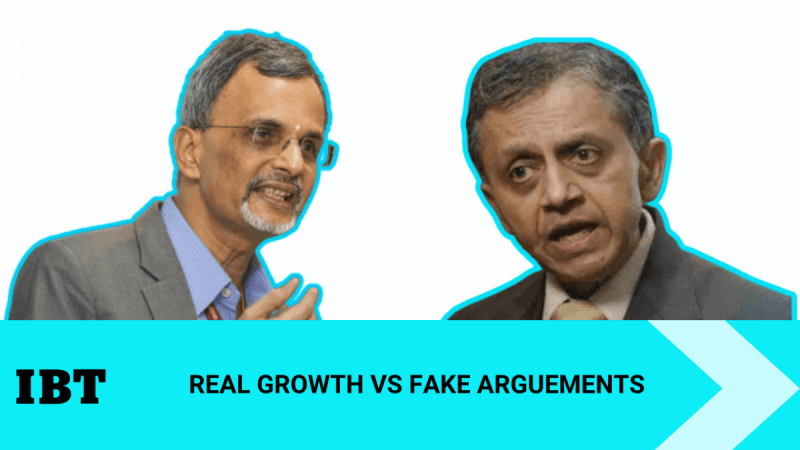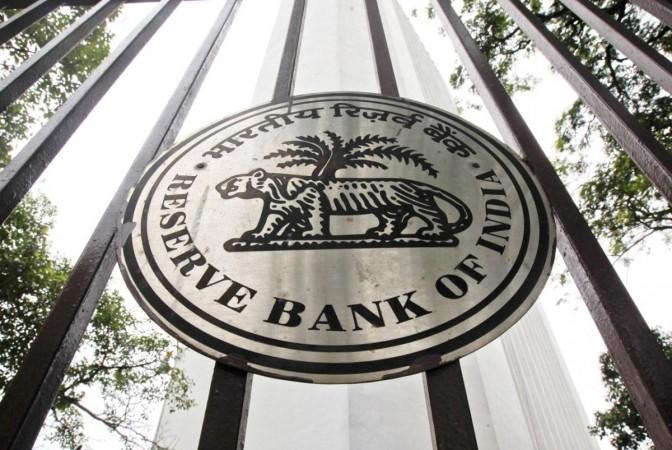India’s CEA rebuts economist Ashoka Mody’s claims; points out hypocrisy [details]
Amid debates over India’s financial efficiency, economist Ashoka Mody, a Princeton University professor, raised issues relating to the nation’s official GDP progress price for the primary quarter of the monetary yr 2023-’24. Mody contended that the National Statistical Office (NSO) is using selective information, which, when examined extra comprehensively, yields a considerably decrease GDP progress price than the one introduced by the federal government. In response to that, India’s Chief Economic Advisor V. Anantha Nageswaran strongly refuted the claims made by the economist, whereas asserting that the federal government’s methodology for calculating GDP has remained constant over time.
In an op-ed, co-authored by Senior Economic Advisor Rajiv Mishra, Nageswaran famous that some commentators stay adamant that they might not let proof intrude with prior positions. With that, he pointed to Mody’s article “India’s pretend progress story” revealed by Project Syndicate.
Nageswaran defined that India’s information methods are designed to facilitate estimates based mostly on earnings numbers, even when they don’t surpass expenditure figures. He cited the instance of the extreme GDP contraction within the first quarter of the 2020-’21 monetary yr as a result of COVID-19 pandemic, which confronted no credibility challenges regardless of its historic nature.

Nageswaran additionally famous that the discrepancy between earnings and expenditure figures has ranged from 6.4% to -4.8% since 2011-’12, and the newest quarter’s discrepancy falls inside this vary.
He additionally pointed at when the statistical authorities reported a GDP contraction of round 25% within the first quarter of 2020-21″…There was nary a murmur on the credibility of Indian statistics as a result of it had reported one of many severest contractions within the historical past of Indian GDP information,” Nageswaran wrote within the Mint. “That information suited naysayers, and therefore it was ‘credible’.”
Mody’s central argument revolves across the NSO’s give attention to home earnings estimates whereas neglecting expenditure figures in its GDP calculations. He posits that the 2 numbers ought to ideally align since producers can solely earn earnings when others buy their items and companies. While acknowledging that nationwide accounts are based mostly on imperfect information worldwide, Mody contends that the correct strategy includes contemplating each earnings and expenditure as imperfect macroeconomic aggregates. Several nations, together with Australia, Germany, and the United Kingdom, undertake this strategy, whereas the United States combines expenditure and earnings information on account of vital discrepancies between the 2.

In conclusion, Nageswaran pointed out that the financial panorama of India witnessed vital hurdles stemming from steadiness sheet challenges inside the company and monetary sectors over the previous decade. However, this chapter has now been relegated to historical past. The banking sector has resumed lending actions, with credit score progress registering within the double digits, and firms are displaying renewed enthusiasm for funding initiatives. India’s adept dealing with of the COVID-19 pandemic stands as a testomony to its resilience. The strategy has prioritized focused aid measures and emphasised public capital expenditure over extreme fiscal and financial stimulus. This technique has laid the groundwork for financial stability, upon which sustained progress and improved residing requirements are poised to thrive within the forthcoming years.